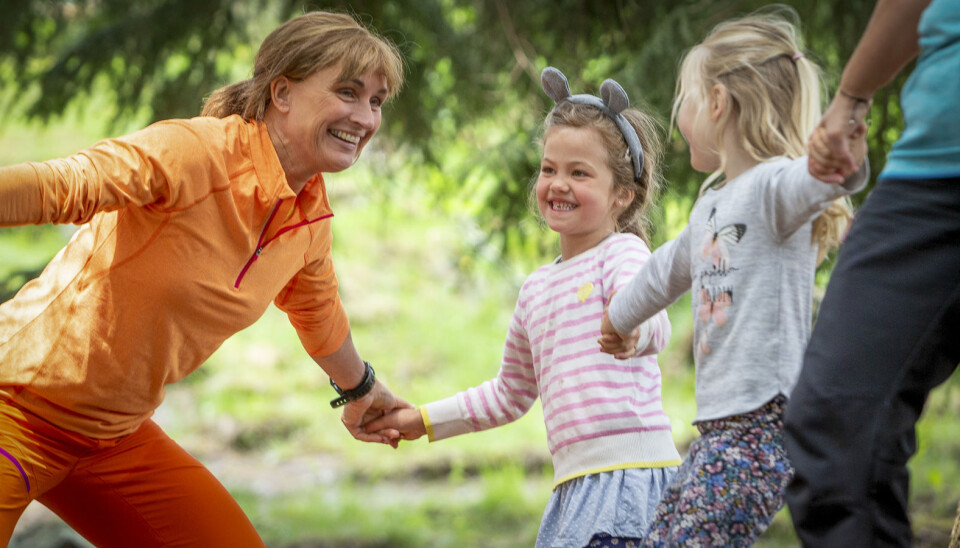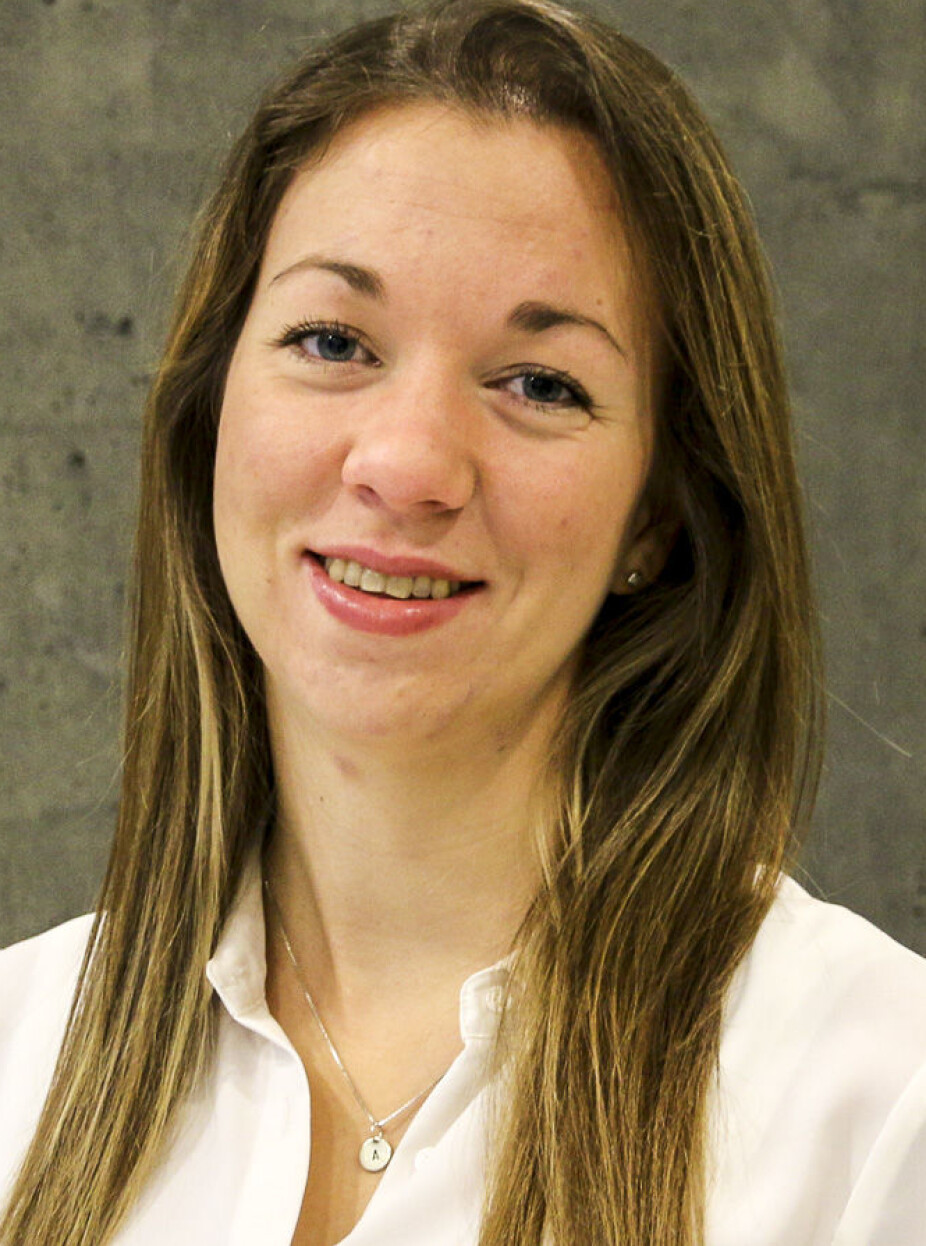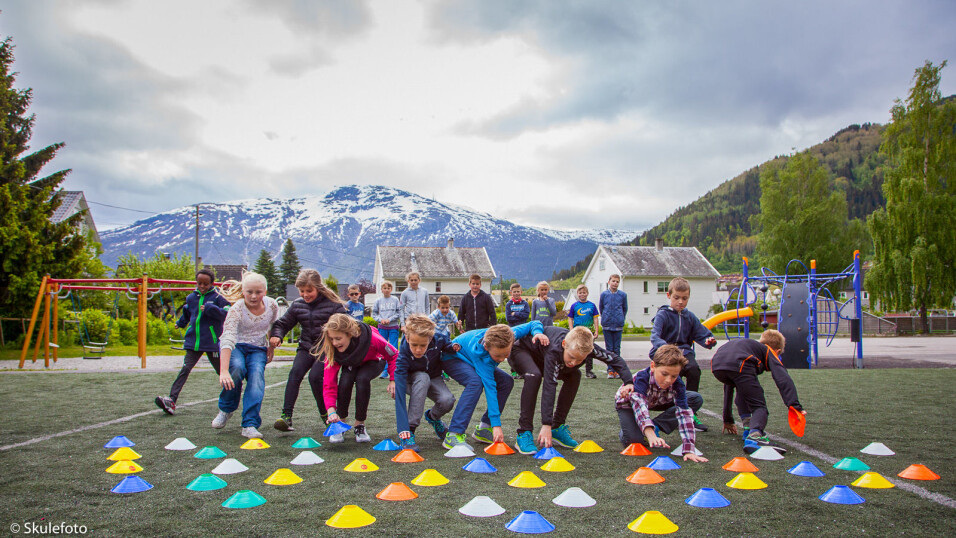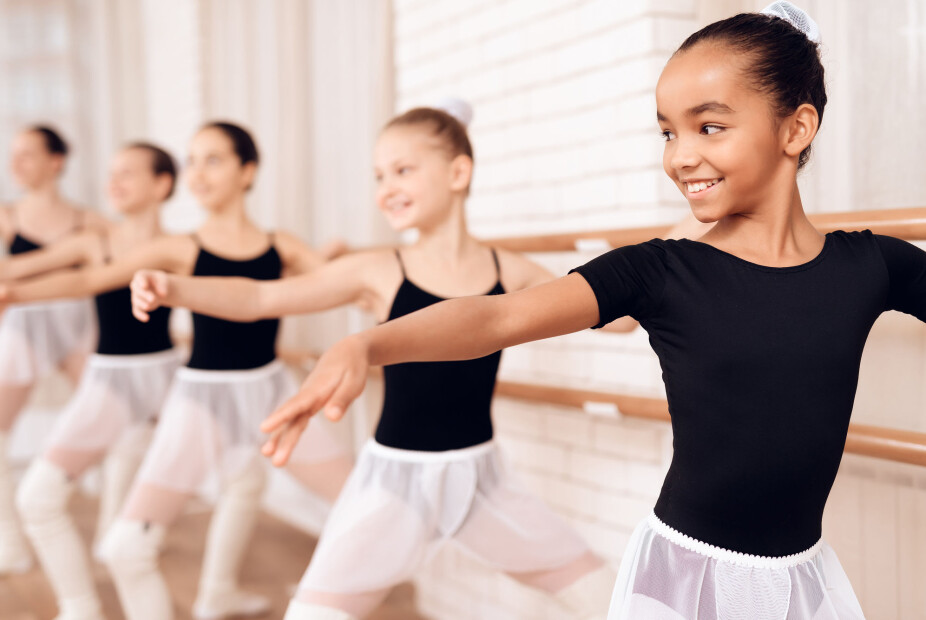This article was produced and financed by The Norwegian School of Sport Sciences - read more

Physical activity in kindergartens crucial to motor skills later on, but boys are more active than girls
A lot and fairly intensive physical activity during preschool years can provide better motor skill development several years later, according to a new and extensive study. But not all children are active enough – and girls are often less active than boys.
You’re bound to have heard it: Yelling and playing outdoors at any normal Norwegian preschool. The children run around, climb, and play on the swings.
However, it’s likely that most of this noise comes from the boys. They appear to be the most active ones, an observation confirmed in the findings of a research project conducted in the Norwegian region of Sogn og Fjordane.
Intensive enough
Not only does the research show that boys are more physically active than girls are – we’ll come back to that – but also that children in general are more physically active when in preschool than at home.
“This indicates how important preschools are in promoting physical activity. As 97 per cent of all children (aged 3 to 5) in Norway attend preschool, this is an important arena to form good habits – no matter what their social background is, or their parents’ interest in and attitude towards physical activity,” says Ada K. O. Nilsen.
Nilsen recently defended her doctoral thesis on this topic at the Norwegian School of Sport Sciences. Her study relating to physical activity among preschool children, implemented by her colleagues in Sogndal, is one of the most extensive to date anywhere in the world.
The study also shows however, that low-intensity activity isn’t enough: children have to be fairly intensively active in order to promote motor development.
They can go about things calmly while they’re learning something new, but moderate to high intensity seems important if they’re going to get really skilled.
The early childhood years is a critical time for the development of motor skills, and a certain level of competence is necessary to participate in various types of physical activities. Physical activity is also important for children’s health and development in general, and this is precisely why it’s important to facilitate physically active play opportunities in preschool.
Lasting impact
The research also reveals another, slightly peculiar side to physical activity and how good children become at different things, i.e. their motor competence: the most active children during the preschool years also have the highest motor competence later on. This seems perfectly credible; however, the opposite doesn’t apply: Good motor competence during the preschool years doesn’t necessarily lead to individuals becoming more physically active in the long term.
“Logically, development of motor skills requires participation in a variety of physical activities, and correspondingly one needs to have a certain skill level to be able to take part in and master physically active play,” Nilsen says.
“What’s really interesting though is that the activity levels during the preschool years appears to predict motor skills two years later. In other words, physical activity in early childhood is relevant to future motor skills and physical mastery.

The activity measurements involved a total of 1308 children from 68 preschools. Around 300 of these were involved in further repeated measurements in order to examine their development over time.
Opposite does not apply
However, the opposite doesn’t apply. Pre-schoolers that have a high motor skill level during early childhood, and are able to run, jump or throw a ball, for example, will not necessarily be more active later on.
“One might think that highly skilled children would be more physically active in the future, but our study reveals that this doesn’t seem to be the case with preschool-aged children. We have to look more closely at why this is, as we do believe that an adequate level of motor skills is necessary to move and control the body to enable participation in physically active play. The relationship between physical activity and motor development may look different for school children and adolescents.”
Boys race out ahead
Preschool is the perfect setting for promotion of physical activity because children spend so much of their time on this arena.
Most Norwegian children are active enough when in preschool, but there’s a difference between boys and girls. Boys are typically more active than girls and less sedentary – as such, they “benefit” more from their preschool time with regards to physical activity.
Findings relating to gender differences in physical activity found in this study support previous research in school children and adolescents. Boys are “always” more active than girls, regardless of age, until they become adults.
“The gender differences in physical activity are greater during preschool hours than the rest of the day, and on weekends. This indicates that gender differences in physical activity aren’t just related to biology,” states Nilsen.
If only biological conditions caused the differences in activity levels, there would be just as great a difference between boys’ and girls’ physical activity regardless of time and place. But that’s not the case.
The boys get more out of their time in preschool in terms of more intensive activity. Nobody really knows why.
“This is conjecture, but maybe there’s more acceptance of boys’ rough-and-tumble (high-intensity) and physical play than girls doing such in preschool. Boys often prefer a more intensive play than girls, who tend to prefer social, often light intensity play. Boys play patterns may therefore vary less between the home and childcare environments, which could explain the observed gender differences in setting-specific physical activity” says Nilsen.
The study by Nilsen and her colleagues also shows that boys and girls develop differently over time in terms of physical activity: boys increase their activity levels more than girls do over time.
Physically active learning
Many people reckon that young children are naturally physically active. At the same time, the study by Nilsen and her colleagues indicates that there’s big variation in how physically active children are: some are highly active, while others could certainly move around more.

So how should we encourage more activity among children who need it the most?
The framework plan for kindergartens already emphasises physical activity, motor skills and physical play at nursery. Among other things, nurseries should provide opportunities for physical activity all year round and ensure that children are challenged and offered a range of activities involving movement.

“Maybe we should be more alert to the children who find it easy to choose sedentary activities and include these children more in physically active play,” says Nilsen.
“I think it’s absolutely crucial for children to feel secure and thrive in their peer groups, and for them to have committed, active role models in the adults who persuade the children to join in with activities that encourage mastery.
Advice: Activity in everything
The new knowledge from the studies by Nilsen and her colleagues can support municipalities and preschools in how to promote physical activity in young children.
According to Nilsen, it’s important for children to spend a lot of time outdoors – however, outdoor time per se is no guarantee for high activity levels. This largely depends on how the outdoor time is spent, and the type of play opportunities available on the playground.
“Another option is to use physically active learning approaches in other areas and activities in preschool, such as when the children are learning about nature, language or numbers. We should also take extra care in including the girls and children who prefer sedentary activities in more physically active play”.
In addition, it’s important that both the social and the physical environment in preschools are arranged so that all children can get involved in physical activities and challenge their motor skills.”
That said, Nilsen is of the opinion that most children are involved in a lot of physical activity when in preschool. Preschools are and will remain important settings for physical activity here and now, and further provide a good foundation for healthy habits for years to come. Moreover, we know that physical activity and motor learning are linked beneficially with theoretical learning and cognitive outcomes.
“As such, preschools are important for fair distribution of opportunities for learning, health and development from a very early age. This is important from a public health perspective, especially with regards to social differences.”


































